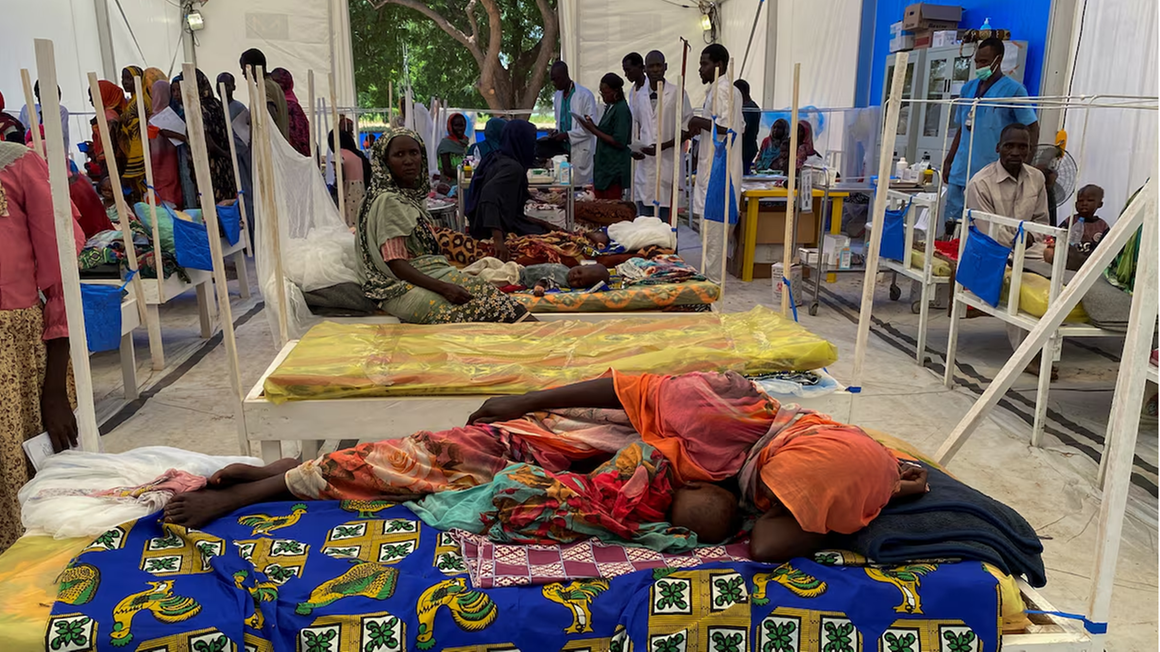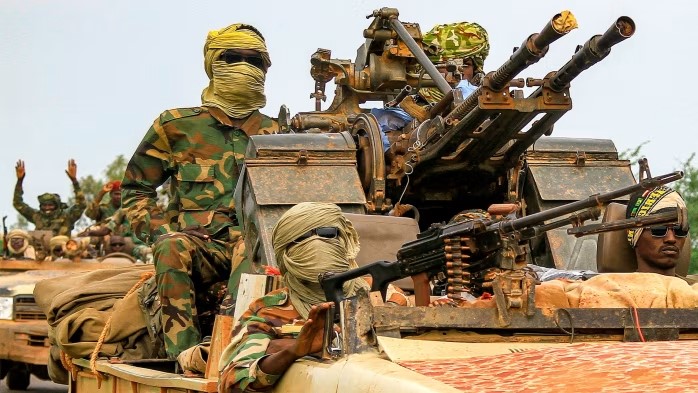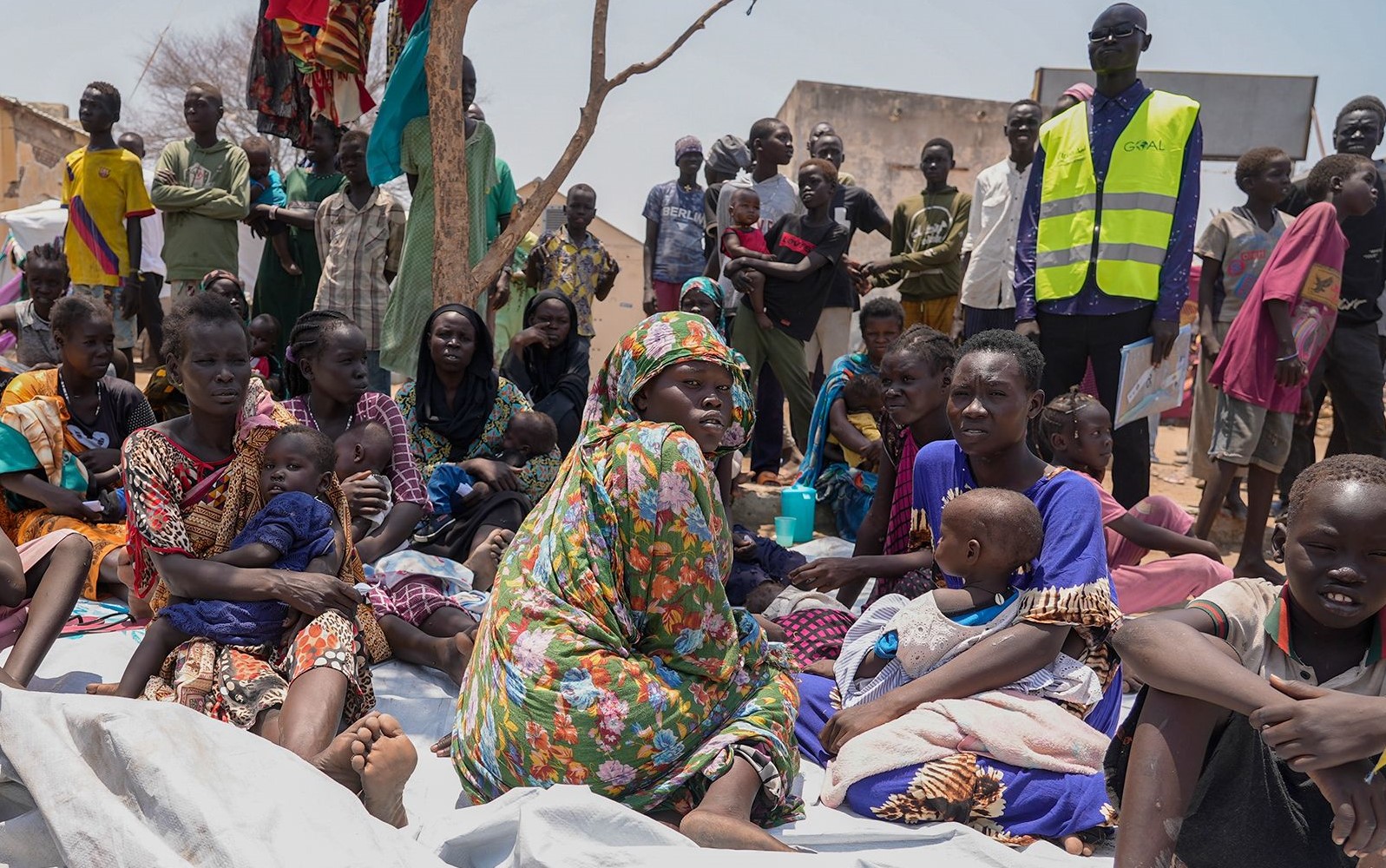The Sudanese Ministry of Health has announced the deaths of several hundred people as a result of cholera and dengue fever as the health situation in the country continues to deteriorate amidst the ongoing war.
A Rising Problem
The Sudanese Ministry of Health has released numbers concerning the amount of cases of cholera and dengue fever in the country, as well as their associated fatalities, highlighting a significant health problem for the nation.

Haitham Mohamed Ibrahim, the Sudanese Minister of Health, stated that close to 11,000 cases of cholera had been reported across 12 different states, resulting in 325 deaths. He additionally stated that Sudan had witnessed 9,000 cases of dengue fever, which resulted in 66 deaths.
In order to combat the crisis, Minister Ibrahim announced the Sudanese government is attempting to put in place “urgent interventions” in states where either disease is present, adding that providing basic healthcare throughout the entirety of the country was “a top priority” of the ministry.
As a part of such measures, Minister Ibrahim stated that the government was distributing 4,000 tons of various medicines, including kidney and cancer drugs, consumables for medical labs, intravenous solutions, and more, to a number of different states.
He further claimed that the government was importing 19 billion Sudanese pounds (32.4 million USD) worth of urgent medical supplies in order to assist in combatting the medical crisis.
A Devastating War
Sudan’s war on April 15th crossed the one year mark. The war has caused Sudan to spiral into the world’s largest internal displacement crisis, and one of the world’s largest hunger crises.
The war began between the Sudanese Armed Forces (SAF) and the paramilitary Rapid Support Forces (RSF) due to disagreements on if/how the RSF should be integrated into the military, and power sharing agreements amidst the long process of transitioning into a civilian government.

Throughout the course of the war, six million people have become internally displaced. This is on top of the two and a half million people that have fled Sudan since the war began. Furthermore, nearly two million people were already displaced within Sudan due to prior conflicts, meaning that presently Sudan has approximately 8.5 million internally displaced persons.
The war has seen extensive and oftentimes indiscriminate bombings carried out by both sides. As such, Sudan’s infrastructure has been decimated in many parts of the country, particularly in Khartoum, the capital, where both the SAF and the RSF vie for control of the vitally important city.
Due to the heavy displacement, Sudan’s needs for medical supplies and other essentials, including food aid, has grown extensively. The healthcare situation is further worsened by health infrastructure in the nation becoming heavily damaged, destroyed, or cut off from supply lines.
Many of those who have been displaced are additionally cut off both from medical and food aid, largely due to heavy fighting throughout the country. Those who are cut off are particularly vulnerable to disease, as is evidenced by the high presence of cholera, dengue fever, and other diseases that are now leading to fatalities.
Recently, France hosted a humanitarian conference aimed at garnering funding for various UN humanitarian initiatives in the country. However, the conference fell significantly short of its funding goals.
Funding shortages is one of many inhibitors facing the UN’s operations in Sudan, though it is one of the most significant.
The US is attempting to restart peace talks aimed at ending the war, however has seemingly seen little success in its initiative to do so.
Various UN organizations, such as the World Health Organization (WHO) and the World Food Programme (WFP), have been sounding alarms that Sudan is nearing an all out collapse, and have urged for an end to the war in order to prevent such a situation.
Doctors Without Borders in February released a report that showed one child was dying every two hours in North Darfur’s ZamZam refugee camp. A similar situation can be seen at other camps across the country, many of which go without aid.
Approximately 14,600 people have thus far been killed throughout the conflict, however that number is likely vastly underreported as extreme difficulty in determining accurate numbers remains present.

